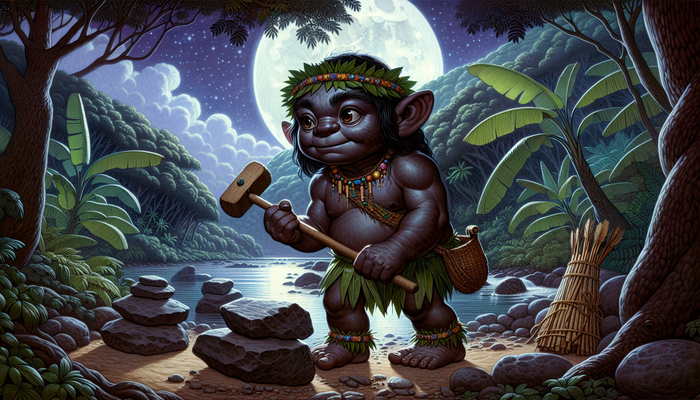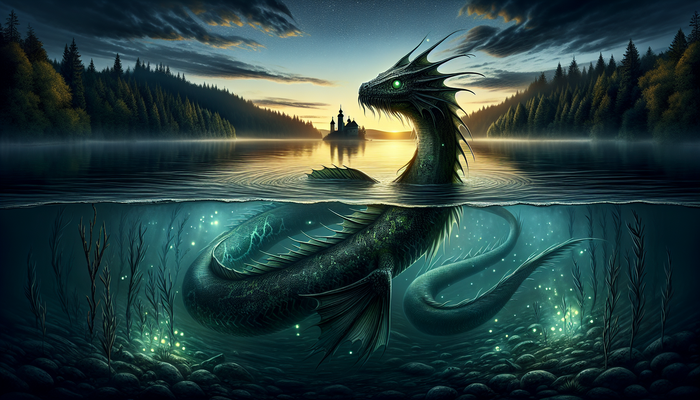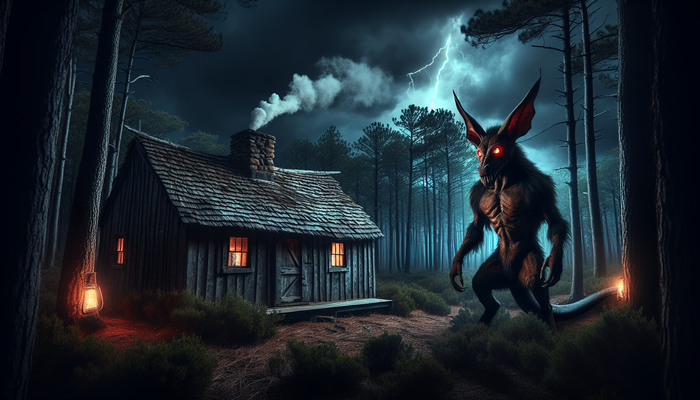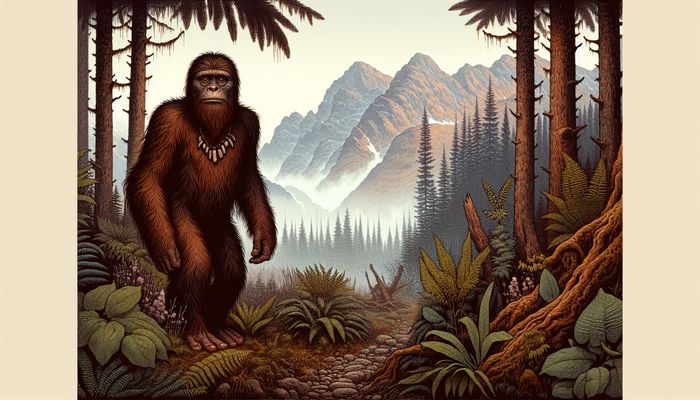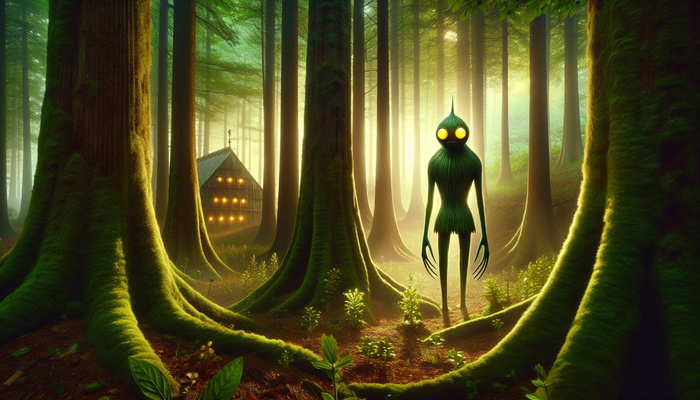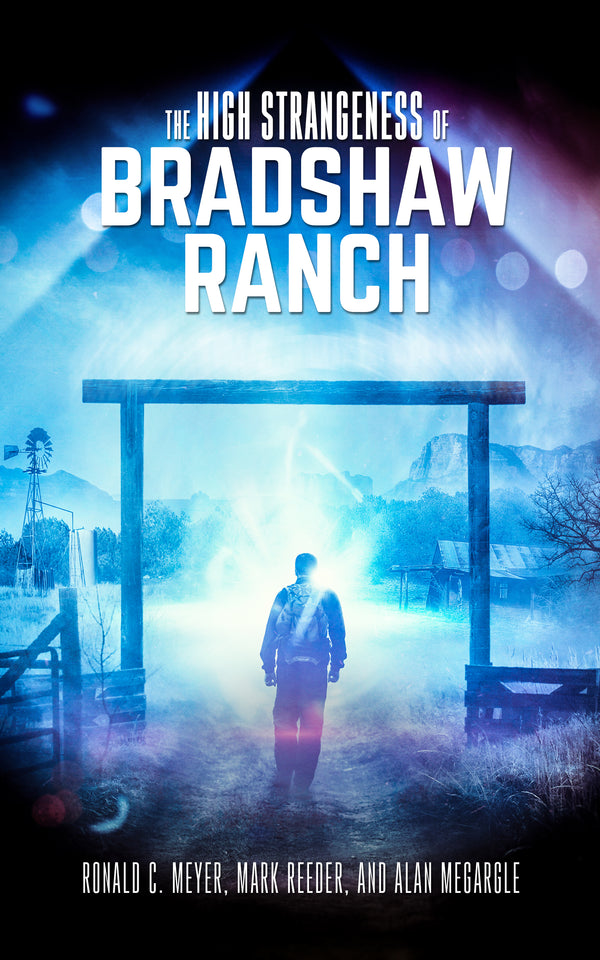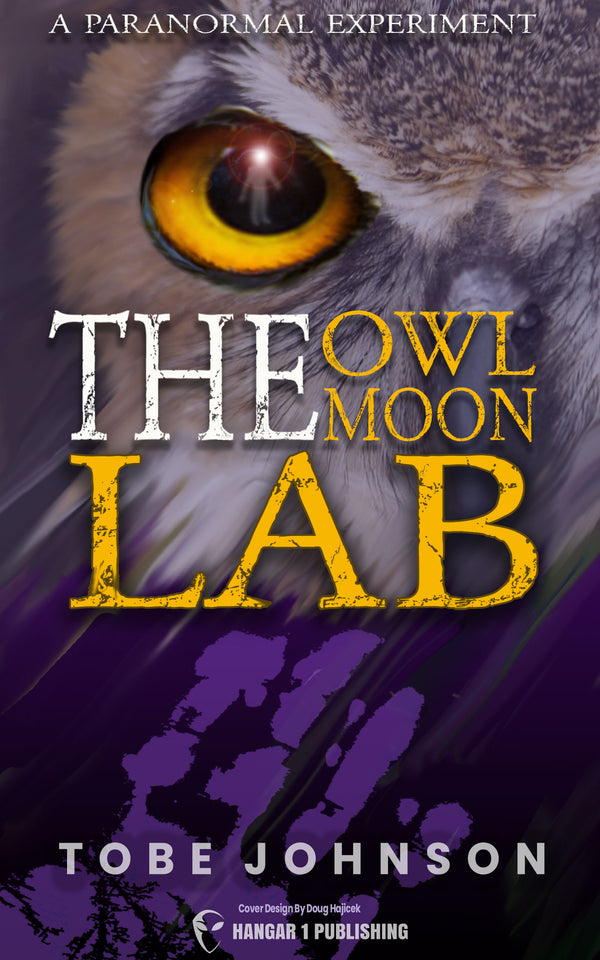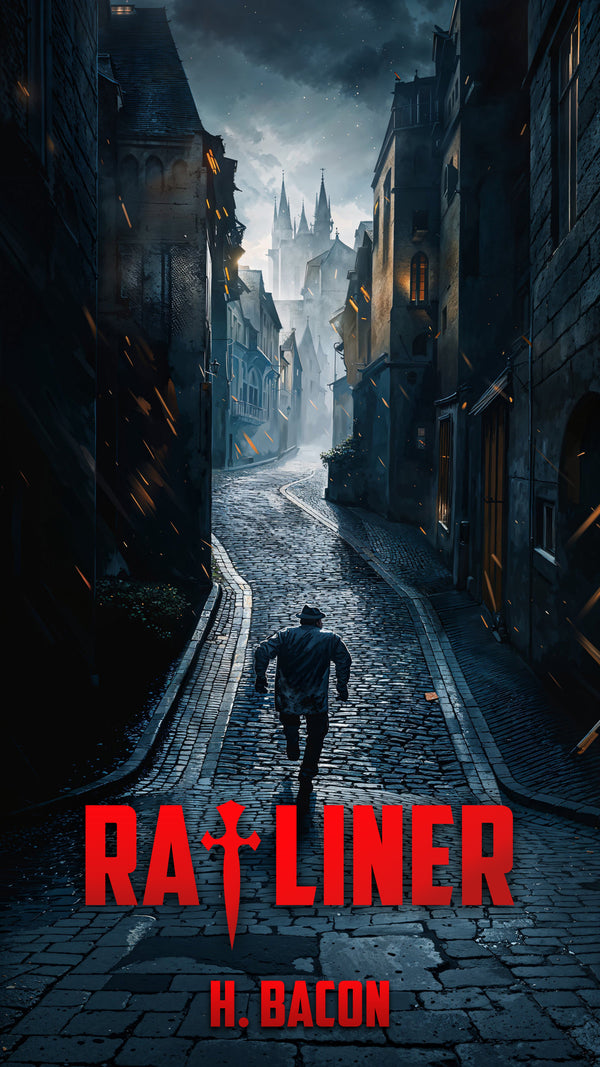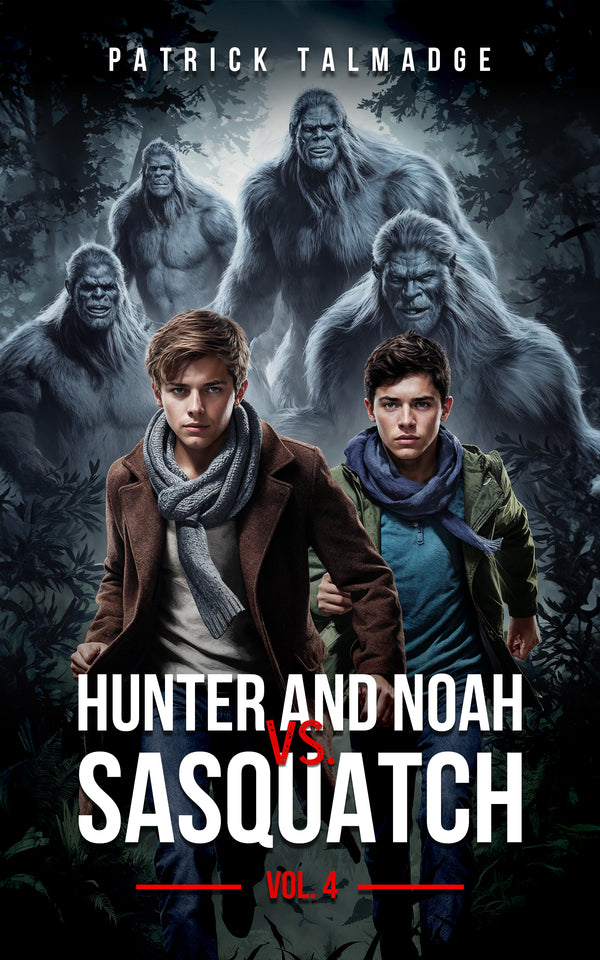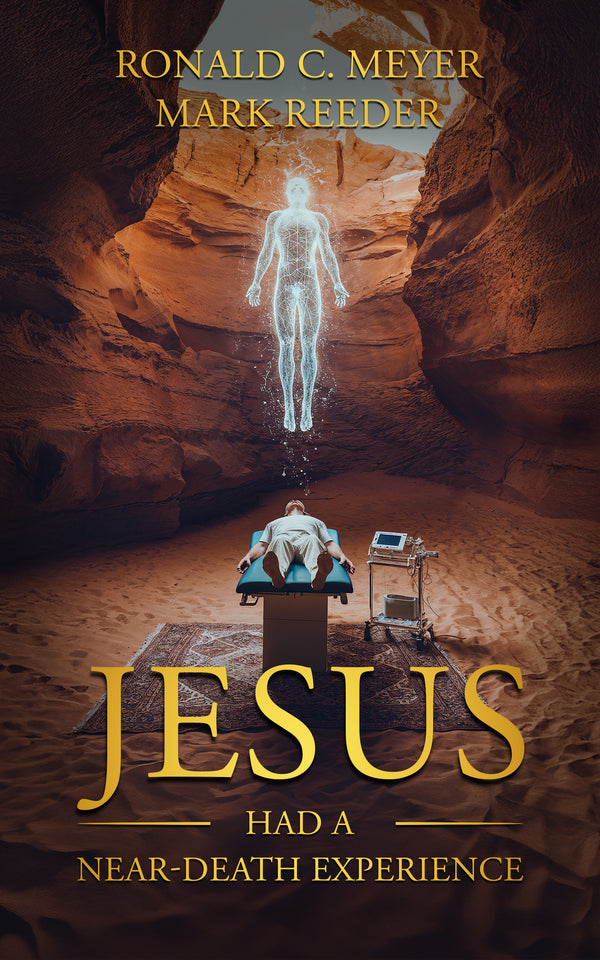Descend into the Depths of Arizona's Haunted Apache Death Cave
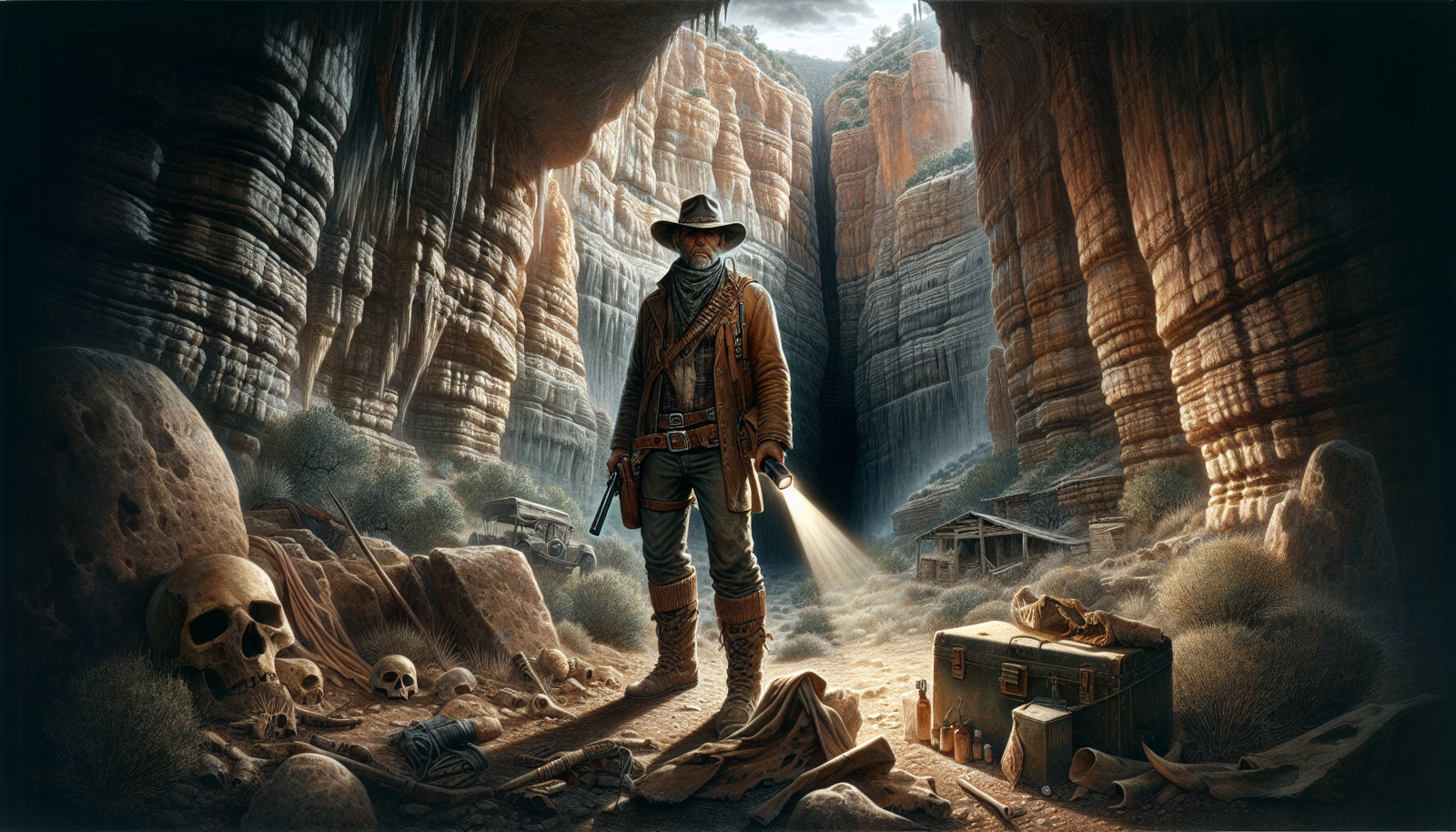
By Oliver Bennett, Bigfoot Researcher and Teacher
In the barren desert of northeastern Arizona, amidst the crumbling ruins of the ghost town of Two Guns, lies a dark portal to the state's bloody and tragic past. This is the Apache Death Cave, a place where ancient conflicts and modern obsessions collide, where the echoes of long-ago screams still reverberate through the haunted darkness. It is a site steeped in grim legend and macabre history, a testament to the enduring power of myth, memory, and the human fascination with death and mystery.
The Massacre of 1878
The story of the Apache Death Cave begins in 1878, when a band of Apache warriors raided two Navajo encampments along the Little Colorado River. In a brutal attack, they slaughtered the inhabitants, leaving behind a grisly scene of mutilated bodies - men, women, and children alike. Amidst the carnage, the Apache took three young Navajo girls as captives before fleeing into the wilderness.
When word of the atrocity reached the Navajo leaders, they immediately organized a war party to track down the raiders and exact revenge. The trail led them deep into the labyrinthine canyons and arroyos of the high desert, but the Apache seemed to have vanished like ghosts. The Navajo searched for days, growing increasingly frustrated and desperate, until a strange discovery stopped them in their tracks.
As they scouted along the rim of Canyon Diablo, one of the Navajo warriors noticed a thin wisp of smoke rising from a fissure in the earth. Approaching cautiously, he heard the faint sound of voices emanating from deep underground. The Navajo had stumbled upon the Apache's hideout - a sprawling network of caves that twisted and turned beneath the desert floor like the lair of some subterranean beast.
Wasting no time, the Navajo war party descended on the cave, determined to flush out their enemies and rescue the captive girls. They quickly dispatched the Apache sentries at the entrance and began to gather brush and kindling to build a massive fire. As the flames grew higher and the smoke began to billow into the cavern, the Apache realized they were trapped.
In a desperate attempt to save themselves, the cornered warriors killed their own horses, using the animals' blood to douse the flames. When that failed, they piled the carcasses at the mouth of the cave, hoping to create a gruesome barricade against the inferno. But the Navajo would not be deterred. They continued to stoke the blaze, sending great plumes of acrid smoke swirling through the tunnels.
As the Apache began to succumb to the heat and suffocating fumes, they cried out for mercy. One brave even emerged from the cave and begged the Navajo to spare their lives in exchange for the captive girls. But when pressed, he could not produce them. The awful truth soon became clear - the girls were already dead, murdered by the Apache in a final act of cruelty.
Enraged beyond reason, the Navajo warriors redoubled their efforts, piling more and more fuel onto the fire until the very walls of the cave glowed red with heat. The last thing they heard before the roar of the flames drowned out all other sound was the agonized death chants of the Apache, their voices rising in one final, futile plea to their gods.
When the smoke finally cleared and the Navajo entered the cave, they found a scene of unimaginable horror. The charred and contorted bodies of 42 Apache warriors lay strewn about the chambers, their sightless eyes staring into oblivion. Piles of blackened horse flesh blocked the tunnels, the acrid stench of burnt hair and flesh hanging heavy in the air.
The Navajo reclaimed what valuables they could carry from the dead and quickly retreated from the cursed site, leaving the bodies of their enemies to rot where they lay. From that day forward, the cave was known as the "Apache Death Cave," a place forever stained by the blood of the slain and haunted by the restless spirits of the damned.
The Curse of Two Guns
Despite the dark legends that surrounded the Apache Death Cave, the site soon drew the attention of settlers and entrepreneurs looking to make their fortune in the untamed Arizona Territory. In the early 1900s, a man named Ed Randolph built a small trading post near the cave, hoping to cater to the cowboys, prospectors, and travelers who passed through the area on their way to California.
But it was in the 1920s that the story of the Apache Death Cave took an even stranger and more tragic turn. In 1922, a couple named Earle and Louise Cundiff purchased a large swath of land around Canyon Diablo, including the site of the cave. They set about expanding the facilities, adding a restaurant, tourist cabins, and a gas station to serve the growing number of motorists traveling along the newly established National Trails Highway, which would later become the iconic Route 66.
It was during this time that a shadowy figure named Harry "Indian" Miller entered the picture. Miller, a man of dubious character and even more dubious claims to Apache heritage, approached the Cundiffs with a proposition. He wanted to lease part of their land and turn the area around the Apache Death Cave into a macabre tourist attraction, complete with a zoo, gift shop, and guided tours of the infamous site.
Miller, who had taken to calling himself "Chief Crazy Thunder," regaled visitors with lurid tales of the 1878 massacre, embellishing the already grim story with his own morbid flourishes. He even began to excavate the cave itself, allegedly removing the skeletal remains of the dead Apache warriors and selling them as grisly souvenirs to anyone with the cash and the stomach for such things.
As word of Miller's grim enterprise spread, more and more tourists began to flock to Two Guns, as the town around the cave had come to be known. But even as business boomed, strange and disturbing events began to plague the site. Animals in Miller's zoo began to turn on each other, engaging in bloody battles to the death. Visitors reported hearing eerie moans and whispers emanating from the depths of the cave, and some even claimed to have seen ghostly figures lurking in the shadows.
The situation finally came to a head in 1926, when Miller and Earle Cundiff got into a heated argument over the terms of their lease agreement. The dispute escalated quickly, and before anyone could intervene, Miller drew a pistol and shot Cundiff dead on the spot. Incredibly, Miller was acquitted of the murder, but his troubles were far from over.
In the years that followed, Miller was repeatedly attacked by his own zoo animals, barely escaping with his life on several occasions. Then, in 1929, a mysterious fire tore through Two Guns, reducing Miller's ramshackle empire to ashes. Shortly thereafter, he fled the town, never to be seen again.
But even with Miller gone, the curse of Two Guns seemed to linger. The town was bypassed by a realignment of Route 66 in the late 1920s, and without the vital tourist traffic, it soon began to wither and die. Fires, financial troubles, and other calamities continued to plague the few hardy souls who tried to make a go of it in the doomed settlement.
The final nail in Two Guns' coffin came in 1971, when a devastating fire ripped through the town, destroying nearly everything that was left. In the decades since, the ruins of Two Guns have slowly crumbled back into the desert, a eerie testament to the dark power of the Apache Death Cave and the curse that seems to hang over all who dare to disturb its slumber.
Venturing into the Depths
Despite the grim history and foreboding reputation of the Apache Death Cave, there are still those who feel compelled to seek out its dark mysteries. In recent years, the site has become a popular destination for ghost hunters, thrill seekers, and self-styled paranormal investigators, drawn by the promise of encountering the restless spirits of the massacred Apache or experiencing the chilling energy said to linger in its depths.
But reaching the cave is no easy feat. Two Guns is located in a remote and unforgiving corner of the Arizona desert, far from any major towns or cities. The only way to access the site is via a series of rough dirt roads that wind through a labyrinth of arroyos and canyons, a journey that can take hours and requires a sturdy vehicle with high clearance and good tires.
Even after arriving at the ghost town, would-be explorers must navigate a treacherous landscape of crumbling buildings, rusted metal, and shattered glass. The Apache Death Cave itself is located at the bottom of a steep, rocky ravine, accessible only by a narrow, unmarked trail that is easy to miss if you don't know where to look.
Once inside the cave, the real dangers begin. The cavern system is vast and labyrinthine, with countless side passages and chambers branching off in every direction. Many of these tunnels are barely large enough to crawl through, and some are so narrow that even the slightest misstep could result in becoming hopelessly stuck.
There are environmental hazards to contend with as well. Flash floods are a constant threat during the monsoon season, and even a brief downpour can send a wall of water rushing through the canyons, turning the cave into a deadly trap. The limestone walls of the cavern are also highly unstable in places, and rockfalls and cave-ins are a very real danger for those who venture too far from the main passages.
But perhaps the greatest threat to explorers of the Apache Death Cave is the very thing that draws them there in the first place - the supernatural. For years, visitors to the cave have reported all manner of strange and terrifying phenomena, from disembodied voices and ghostly apparitions to overwhelming feelings of dread and despair that seem to emanate from the very walls of the cavern.
Some have even claimed to have encountered the physical remains of the massacred Apache warriors, their skeletal forms still lying where they fell more than a century ago. Whether these grim relics are real or merely the product of overactive imaginations is a matter of debate, but there is no denying the chilling effect they have on those who claim to have seen them.
Of course, there are those who dismiss the stories of the Apache Death Cave's haunting as nothing more than superstitious nonsense, the result of suggestible minds and too many campfire tales. But for those who have experienced the cave's dark energy firsthand, there is no question that something truly unsettling lurks in those ancient tunnels, something that defies rational explanation.
The Importance of Remembering
Regardless of whether one believes in the supernatural or not, there is no denying the historical and cultural significance of the Apache Death Cave. The site stands as a powerful reminder of the bloody conflicts that shaped the American Southwest in the late 19th century, a time when the region was a vast and lawless frontier where violence was often the only currency that mattered.
The story of the Apache Death Cave is a microcosm of this larger struggle, a brutal tale of revenge and retribution that speaks to the deep-seated animosity that existed between the Native tribes of the region and the encroaching tide of white settlers and soldiers. It is a story of cultural clash and the destruction of ancient ways of life, a tragedy that played out countless times across the West as the United States expanded ever outward.
But the Apache Death Cave is more than just a symbol of the past; it is also a physical link to the land and its people, a tangible reminder of the blood that has been spilled and the lives that have been lost in the name of conquest and progress. To stand at the mouth of the cave is to feel the weight of that history bearing down upon you, to hear the echoes of the dead crying out across the centuries.
It is for this reason that the Apache Death Cave must be preserved and protected, not just as a curiosity for thrill seekers and ghost hunters, but as a vital piece of our shared cultural heritage. The cave is a sacred site, a place where the spirits of the fallen still linger, and it must be treated with the respect and reverence it deserves.
Unfortunately, the very qualities that make the Apache Death Cave so alluring to visitors also make it incredibly vulnerable. The soft limestone walls of the cavern are constantly being eroded by the elements, and every year, more and more of the cave's passages and chambers crumble away into dust. There is a very real possibility that in the not-too-distant future, the entire site could collapse, taking with it the last tangible traces of the 1878 massacre.
Efforts have been made in recent years to study and document the Apache Death Cave before it is lost forever, but much work still needs to be done. Archaeologists, historians, and tribal leaders must come together to develop a comprehensive plan for preserving the site and its stories for future generations, one that balances the need for scientific inquiry with the cultural and spiritual significance of the place.
The Haunting Legacy
In the end, the true power of the Apache Death Cave lies not in its physical presence, but in the way it haunts the imaginations of all those who encounter it. The cave is a portal to another time, a place where the past is always present and the boundaries between the living and the dead seem to blur and shift with every passing shadow.
To descend into the depths of the Apache Death Cave is to confront the darkest aspects of human nature, to come face to face with the violence, cruelty, and savagery that lurk in the hearts of all men. It is a journey that demands courage, resilience, and a willingness to stare unflinchingly into the abyss, knowing that the abyss is staring back.
But for those who are brave enough to make the journey, the rewards can be profound. To stand in the silent chambers of the Apache Death Cave is to feel a connection to something much larger than oneself, to tap into the primal energies that have shaped the human experience since the dawn of time. It is a chance to touch the infinite, to glimpse the mysteries that lie beyond the veil of the known world.
In many ways, the story of the Apache Death Cave is the story of the American West itself - a tale of violence, tragedy, and endurance that has been passed down from generation to generation, each telling adding its own embellishments and interpretations to the legend. It is a story that speaks to the enduring power of myth and memory, to the way that the ghosts of the past continue to shape the present and the future.
And yet, for all its darkness and horror, the Apache Death Cave is also a testament to the indomitable spirit of those who have called this harsh and unforgiving land home. It is a reminder that even in the face of unspeakable tragedy and loss, the human will to survive and to remember endures, like a flame that cannot be extinguished.
The Lessons of the Apache Death Cave
As I reflect on the many hours I have spent researching the Apache Death Cave and the bloody history that surrounds it, I am struck by the powerful lessons that this haunted place has to teach us.
First and foremost, the story of the cave is a stark reminder of the brutal realities of the American frontier, a time when violence and bloodshed were often the only means of survival in a harsh and unforgiving land. It is a sobering testament to the depths of cruelty and savagery that humans are capable of inflicting upon one another, and a warning against the dangers of unchecked aggression and hatred.
At the same time, the Apache Death Cave also speaks to the incredible resilience and endurance of the human spirit in the face of unimaginable adversity. The fact that the story of the massacre has endured for so long, passed down from generation to generation in the oral traditions of the Native tribes, is a powerful reminder of the strength and tenacity of those who have suffered and survived the worst that history has to offer.
But perhaps the most important lesson that the Apache Death Cave has to teach us is the need for empathy, compassion, and understanding in our dealings with one another. The conflicts that played out in the cave and the surrounding region were born of ignorance, fear, and mistrust, fueled by centuries of cultural misunderstandings and prejudice.
If we are to avoid repeating the mistakes of the past, we must learn to
From Bigfoot to UFOs: Hangar 1 Publishing Has You Covered!
Explore Untold Stories: Venture into the world of UFOs, cryptids, Bigfoot, and beyond. Every story is a journey into the extraordinary.
Immersive Book Technology: Experience real videos, sights, and sounds within our books. Its not just reading; its an adventure.


